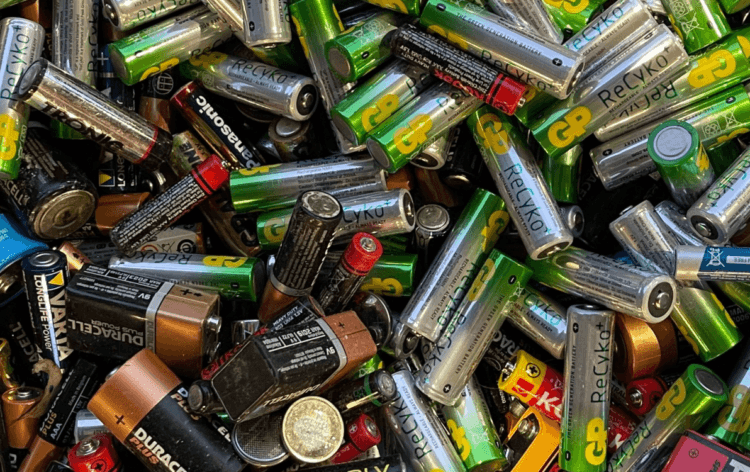Lithium Commodity Market – Influential Factors and The Main Players of the Market

In recent years, lithium has become a highly sought-after commodity among commodity traders and investors due to its crucial role in the production of batteries for electric vehicles and energy storage systems. Its importance in the transition to clean energy has elevated its status as a key component, making it an integral part of the global economy. Lithium is traded on major exchanges, including the London Metal Exchange and the Shanghai Futures Exchange, and its price movements are closely watched by market participants.
In this article, we will focus on China’s increasing interest in securing lithium supply from Africa. China is the world’s largest consumer of lithium, accounting for nearly two-thirds of global demand, and it has been actively pursuing lithium resources around the world. With the rapid growth of the electric vehicle market in China, the country’s demand for lithium is expected to continue to increase in the coming years, and securing a stable supply of the metal has become a strategic priority.
What You Should Know About Lithium Commodity Market
The lithium market is relatively small compared to other commodity markets, with an annual production of around 85,000 metric tons. The demand for lithium-ion batteries used in electric vehicles and energy storage systems has propelled significant growth in the market in recent years. Australia, Chile, and Argentina are the leading producers of lithium, contributing to over 75% of global production. Other countries with significant lithium reserves include China, the United States, and Canada.
Lithium is traded on major exchanges, including the London Metal Exchange, the Shanghai Futures Exchange, and the New York Mercantile Exchange. Several factors determine the price of lithium, including supply and demand dynamics, the cost of production, technological advancements, and government policies. The electric vehicle market plays also have a huge impact on lithium prices. As more countries and companies set ambitious targets for decarbonization and the transition to clean energy, the demand for lithium is expected to continue to increase in the coming years.
In addition to demand from the electric vehicle market, the demand for lithium is also influenced by the energy storage market. Lithium-ion batteries are increasingly used to store renewable energy, such as solar and wind power, and as the cost of these technologies continues to decrease, the demand for lithium is expected to increase as well. Also, the cost of production is high and varies depending on the location and method of extraction, with brine extraction generally being cheaper than hard rock mining.
To conclude, the main drivers of demand for lithium are the growth of the electric vehicle and energy storage markets, while the cost of production is an important factor that influences the price of the metal.
China and Africa in The Lithium Trading Market
China’s growing demand for lithium has turned it into the leader of the “new gold rush” as prices surge for the metal. The future of electric vehicle production and combating climate change depends on lithium, and the cost of the metal has risen as all major automakers have entered the electric vehicle market. China, which produces 80% of the world’s lithium and has the largest electric vehicle market, is ensuring it has an adequate supply of the metal by scouring the world for new sources.
Shenzen-based BYD is currently in negotiations to purchase six lithium mines in undisclosed African countries, while Chinese mining giant Zijin is locked in a legal dispute with Australia’s AVZ minerals over control of the Manono mine, which is believed to be the largest lithium deposit globally, located in the eastern region of the Democratic Republic of Congo. Moreover, China has been actively acquiring lithium mines in Zimbabwe, including Zhejiang Huayou Cobalt’s $300 million investment in the Arcadia Lithium mine. This investment is intended to construct a plant with an annual processing capacity of 400,000 metric tons of lithium concentrate. Despite the economic benefits for these African countries, critics argue that locals are not benefiting enough from the multimillion-dollar projects.
The lithium commodity market is relatively small compared to other commodity markets, but it is rapidly growing. According to the United States Geological Survey, the world’s identified lithium resources totalled 79 million metric tons in 2020. In addition to China, Australia, Chile, and Argentina are major lithium producers.
In addition to its use in electric vehicle batteries, lithium is also used in other applications, including ceramics, glass, and air conditioning. However, as more automakers enter the electric vehicle market and countries implement policies to promote the adoption of electric vehicles, the demand for lithium is expected to continue growing. This has led to an increase in the exploration and development of lithium deposits worldwide, particularly in countries with large untapped lithium resources such as those in Africa.


























Comments (0 comment(s))